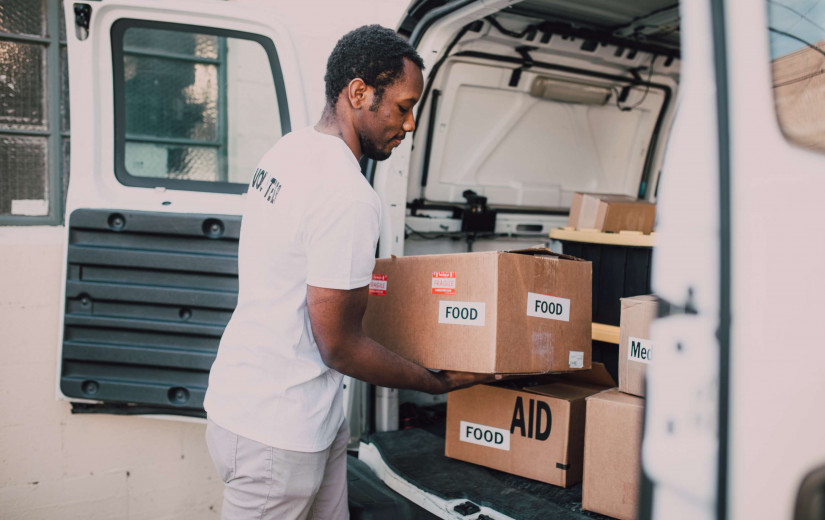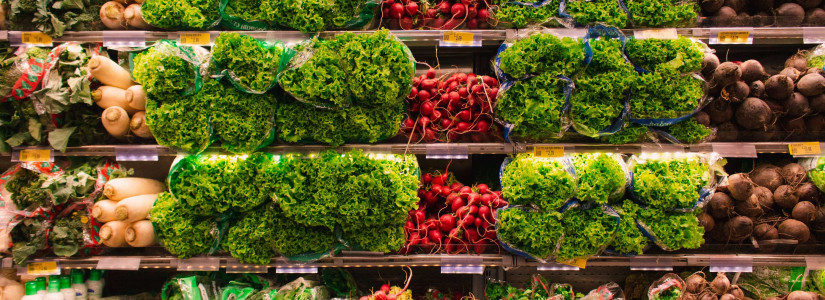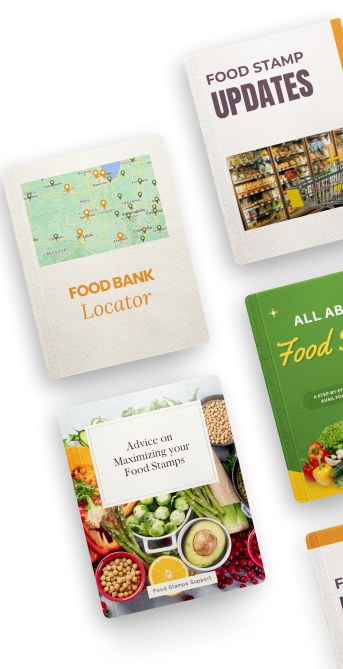COVID-19 Marches on as All 50 States Begin Reopening. What You Need to Know
As the US death toll from COVID-19 inches toward 100,000, all 50 states are forging ahead with some level of reopening. In order to protect your own health, you need to be aware of how these changes will affect you and your family. With so much rapidly changing news, it can be challenging to keep up with the latest recommendations and statistics. Here is a recap of some of the most important data points and advice regarding the ongoing global pandemic.
Current Status of State Infections
According to data from Johns Hopkins University, at least 17 US states have recorded an upward trend in the number of confirmed coronavirus cases as of Tuesday. The data defines a state of having an upward trend if it is seeing an increase of more than 10%. Only 16 states have seen a decrease of at least 10% when it comes to confirmed cases. Experts caution that it takes at least two weeks to understand the effects that reopening a region has on its case trajectory.
CDC Recommends New Testing for Newborns
The Centers for Disease Control and Prevention (CDC) released new guidelines on Wednesday regarding the testing protocol for newborns born to women who may have COVID-19. These guidelines recommend that all babies delivered by women who have tested positive or have a suspected case also be tested for the virus. While most older children are largely immune to the most devastating effects of the virus, young babies appear to be vulnerable. Health experts say that babies are exposed to the virus through respiratory droplets from mothers and caregivers. The CDC also advises that newborns born to COVID-19 positive mothers be separated from other newborns at the hospital. For optimal containment, the test should be administered within 24 hours of birth. If the test is negative, it should be repeated the next day.
Universities and Colleges Begin Unveiling Plans
As schools everywhere debate what the future will look like, many universities are already unveiling plans for the upcoming fall semester. A growing number of schools released plans this week detailing plans for the rest of the year. Both the University of Notre Dame in Indiana and Creighton University in Nebraska announced plans to start the fall semester early, eliminate the traditional fall break, and wrap up the semester prior to Thanksgiving. The goal of this schedule is to get ahead of the anticipated second wave of coronavirus infections. If you are a college student or are the parent of one, it is important that you keep abreast of your institution's plans. Keep in mind that this is a rapidly evolving situation and plans may change abruptly.
New York City Subway Treatment
Riders of the New York City subway system may feel a little more confident hopping on board thanks to an innovative new cleaning treatment. Starting next week, the Metropolitan Transportation Authority (MTA) announced that it is going to roll out an ultraviolet light treatment program designed to kill COVID-19 germs. The treatment will be used on the city's subways, busses, and at its transit facilities.
Many States Unveil Tracing Programs
As states begin the delicate process of reopening, government and health officials are grappling with how to keep infections under control. One of the most common ways that states are hoping to control a spike in cases is through the use of expansive contract tracing programs. The states of New York and Washington have both been vocal leaders about the promise of this type of tracing and its ability to contain the virus. In order to develop a robust tracing program, residents must be willing to adhere to self-quarantine rules should they become exposed. A comprehensive team of trackers will notify people who have come into contact with people who have tested positive and ask them to isolate for up to two weeks in order to mitigate the spread of the virus.
Because rates of infection vary so widely between different areas of the country, it is important that you empower yourself to keep abreast of your region's situation. Your health and wellness are dependent on your ability to make good decisions about your personal risk.

















